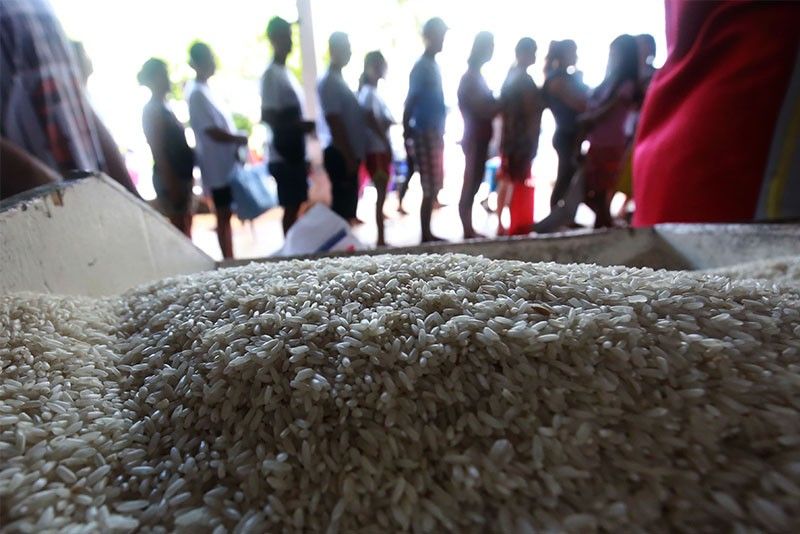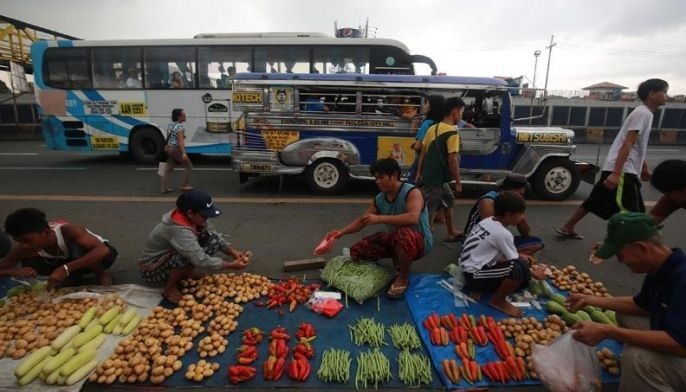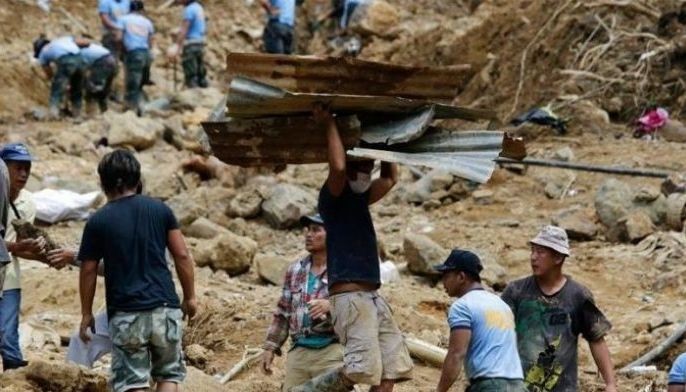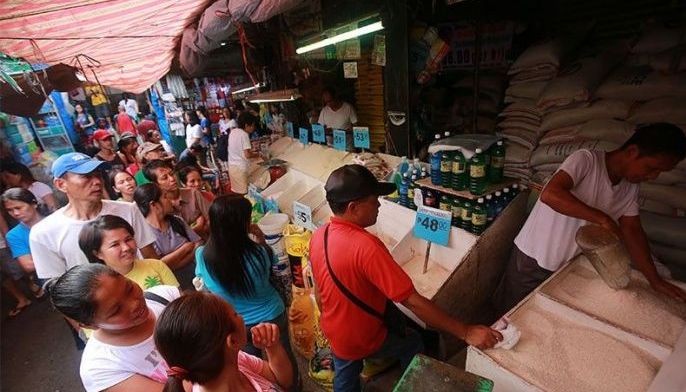Calamity declarations seen to tame inflation fanned by 'Ompong'

MANILA, Philippines — Declaring a state of calamity in areas slammed by Typhoon Ompong will help manage inflation expectations, Philippine socioeconomic planners said Friday, amid concerns that damage caused by the monster storm to agriculture could add to the country’s inflation woes.
Some analysts expect Philippine inflation, which is now higher than most emerging economies in Asia, to further pick up in September after Ompong flattened vast swathes of farmland in northern Luzon, which produces much of the nation’s rice, corn and vegetables.
Rice is a staple food in the Philippines, accounting for nearly a tenth of the basket of basic goods and commodities a Filipino purchases.
At a press conference, National Economic and Development Authority Undersecretary Adoracion Navarro said that while it is difficult to estimate Ompong’s impact on commodity prices, putting typhoon-battered areas under a state of calamity can anchor inflation expectations.
Under a state of calamity, authorities can impose price ceiling on prime commodities, as well as heighten monitoring to prevent profiteering and hoarding of key consumer items.
The government can also access international assistance to help recovery and rehabilitation efforts. On Tuesday, the Finance department said it is planning to tap a $500-million standby credit line from the World Bank, which can be immediately accessed 48 hours after the president’s declaration of state of calamity.
Conditions for state of calamity 'present'
Navarro also disclosed that the country’s disaster-monitoring agency held a special meeting on Thursday, where they established that conditions necessary for the declaration of state of calamity in regions I, II, III and Cordillera Administrative Region are “present.”
The proposal to declare a state of calamity is expected to be submitted to President Rodrigo Duterte “within the week,” Navarro said.
“Let me highlight that our recommendation to declare a state of calamity is a manifestation of our swift action to decisively prepare for the possible adverse effects of the typhoon on poverty reduction and economic growth targets,” the NEDA official said.
“We are getting ready for that and one way of getting ready is to manage expectations because inflation is [largely] driven [by] inflation expectations. And one way of managing inflation expectations [is the] recommendation to declare a state of calamity,” she added.
Inflation jumped to 6.4 percent in August, the highest level in almost a decade, as oil and rice prices picked up. The central bank has raised its key rate thrice this year to fight inflation, and signalled a fourth rate hike may come next week.
Based on latest government data, Ompong’s damage to agriculture was pegged at P14.34 billion. The powerful storm also caused an estimated P17.97 billion worth of damage to infrastructure.
A total of 388,136 families were hit by Ompong, which left 23 people dead and two missing.
The government has provided an initial assistance of P65.3 million to victims of the deadly typhoon.
- Latest
- Trending

































